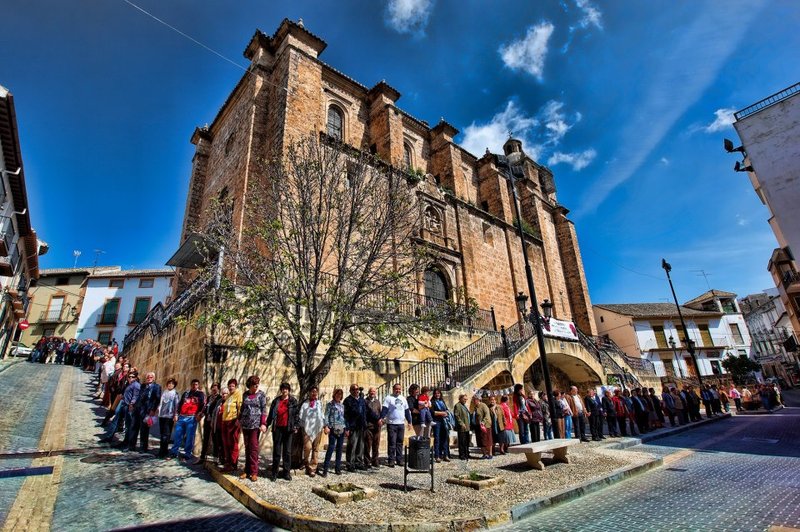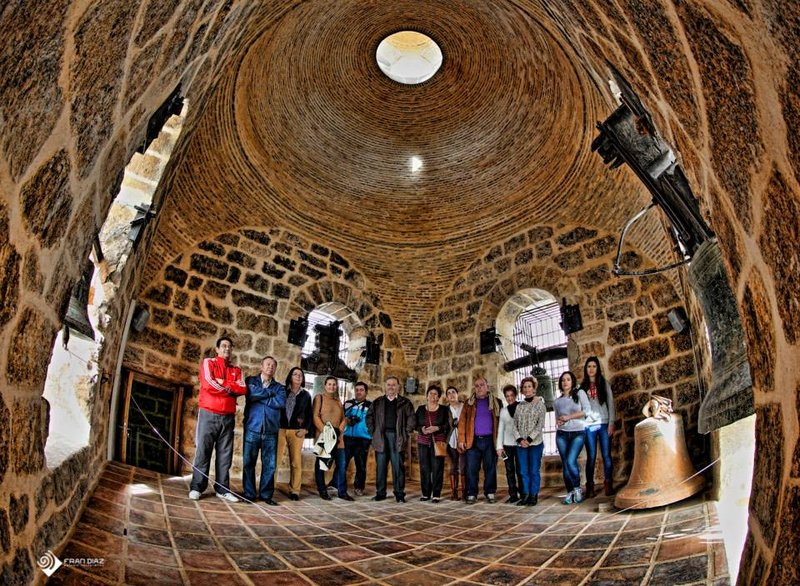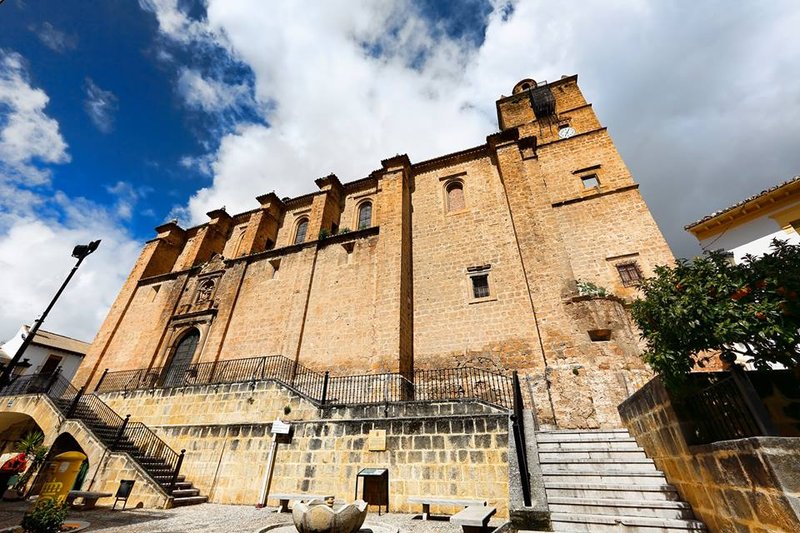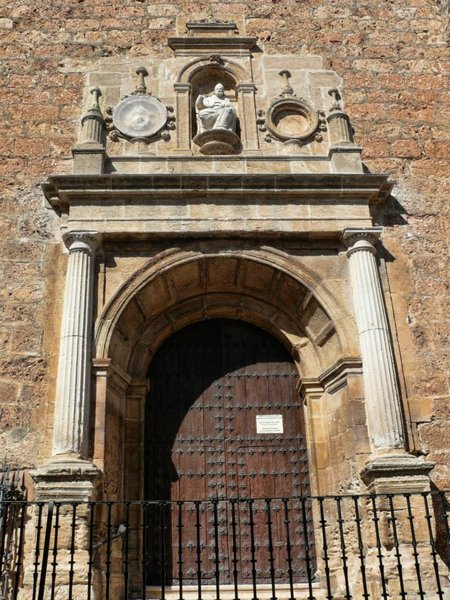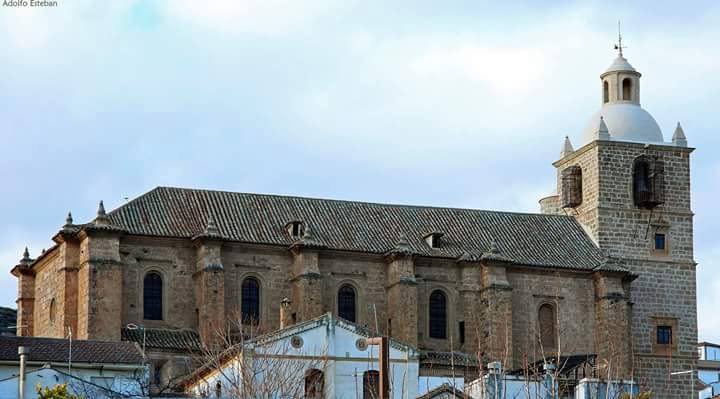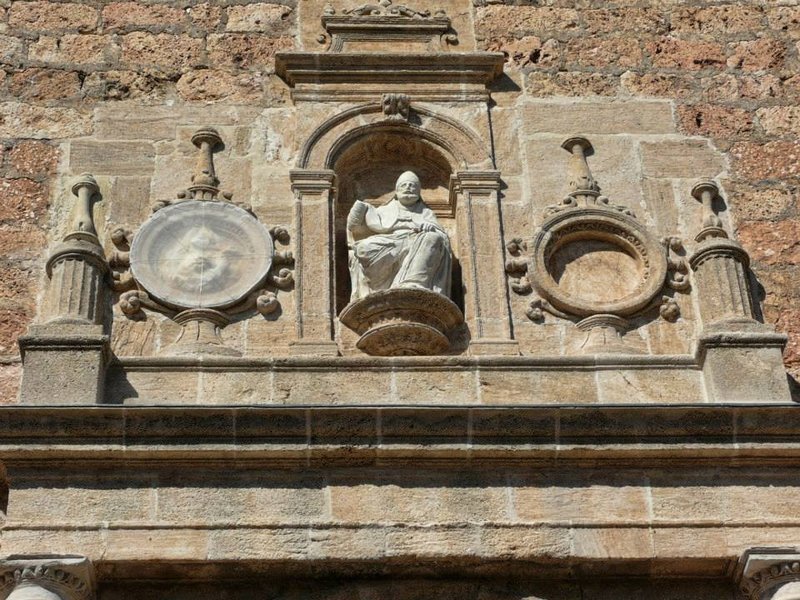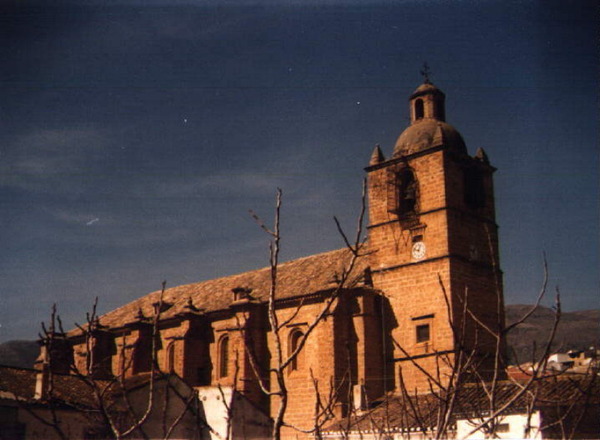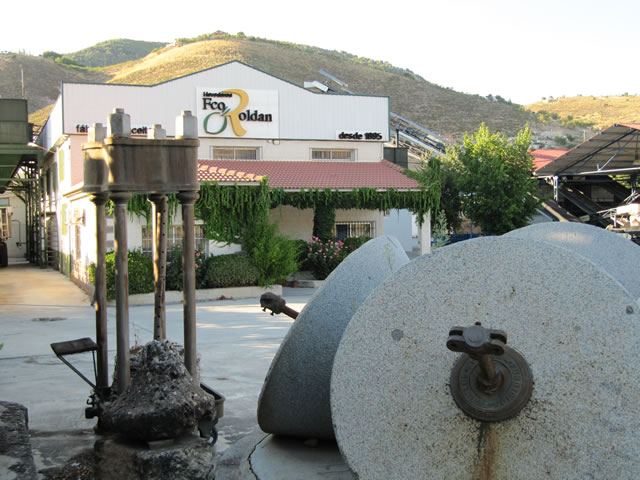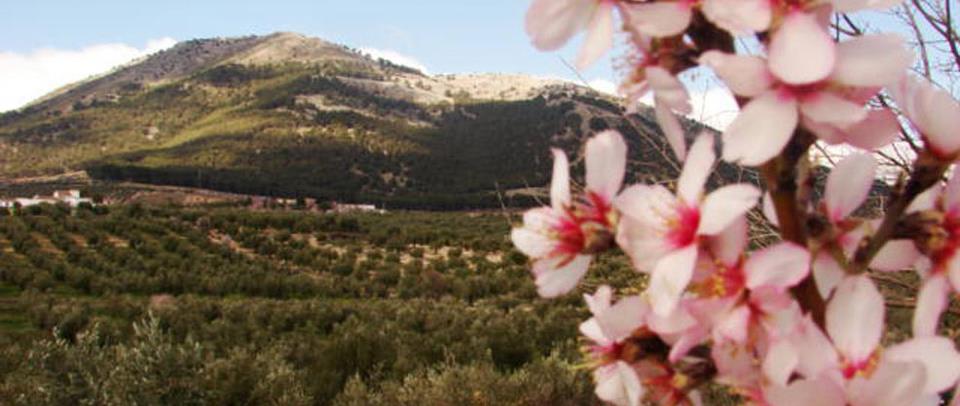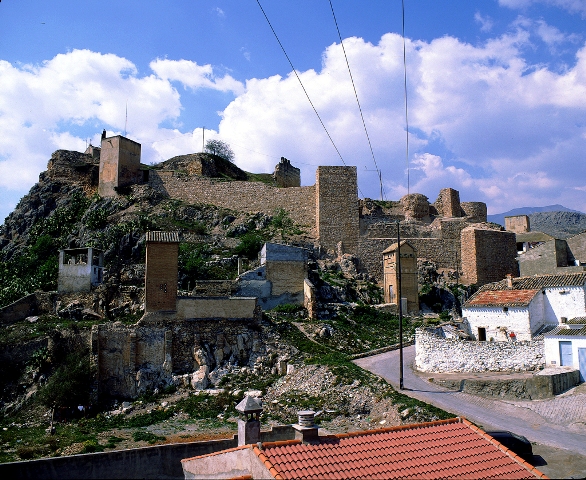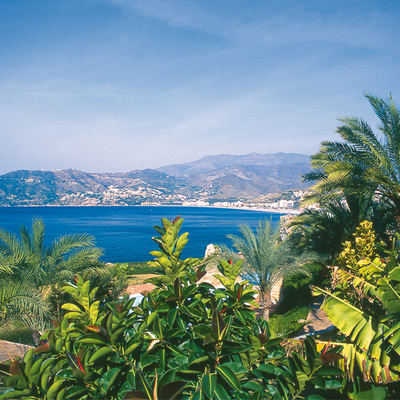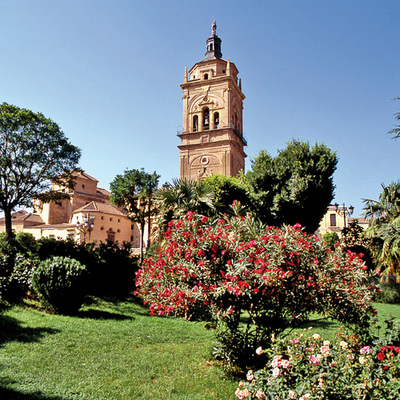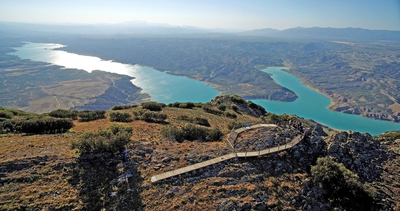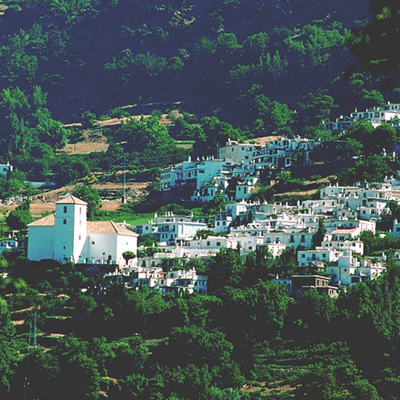Iglesia de la Encarnación
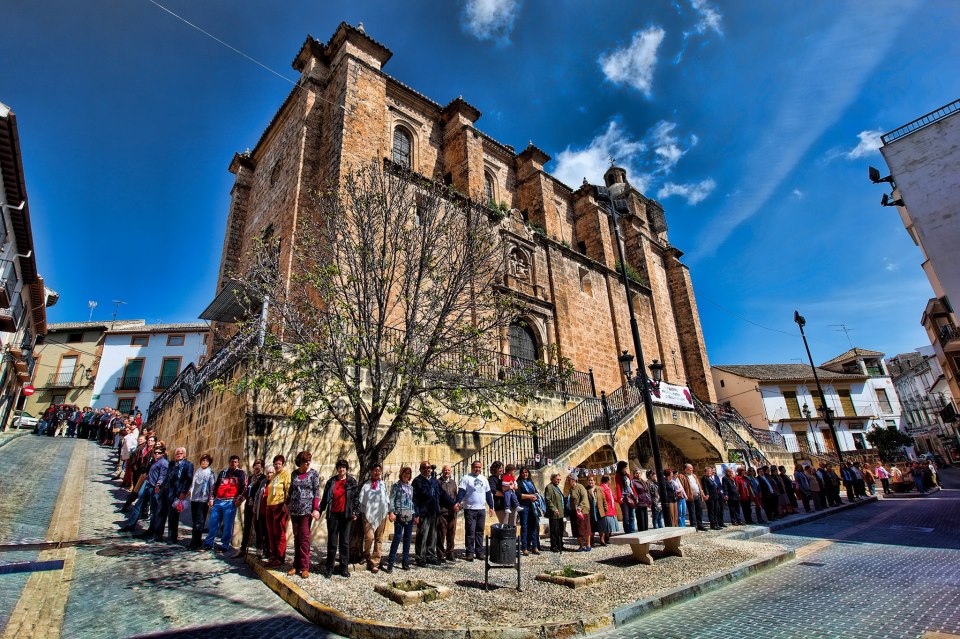
The Encarnación de Íllora (Granada), built in the 16th century and declared a national monument and cultural asset of interest in 1980 is the most important architectural build and heritage of the municipality.
Located in a privileged area of the town square, it was commissioned by the Catholic Kings after the town was conquested in 1486. The church was built on land that was probably firstly occupied by a mosque and then a Mudejar church which stood next to the current church until 1754.
Work began in 1541 with the design of the main chapel and the tower, commissioned by Diego de Siloé, followed by the nave, commissioned by Juan de Maeda, and continued until the mid 17th century, with work to the vaults of the nave and the choir area. The façade is by Diego de Pesquera.
The construction itself is Renaissance style with Gothic accents, and the tower is especially impressive, rising behind the presbytery and the sacristy, which is in the bottom of the tower and has a coffered ceiling with tiny and very well made corbels.
Inside the Encarnación Church, in addition to the tubular organ (from the end of the 18th century) and its important parish archives, which are very well preserved and one of the largest in the province, are some spectacular paintings that came from the San Francisco Convent from the 18th century, and a series of sculptures including a smaller version of the Crucified Christ, by the local artist Diego Sánchez Sarabia (2nd half of the 18th century).

